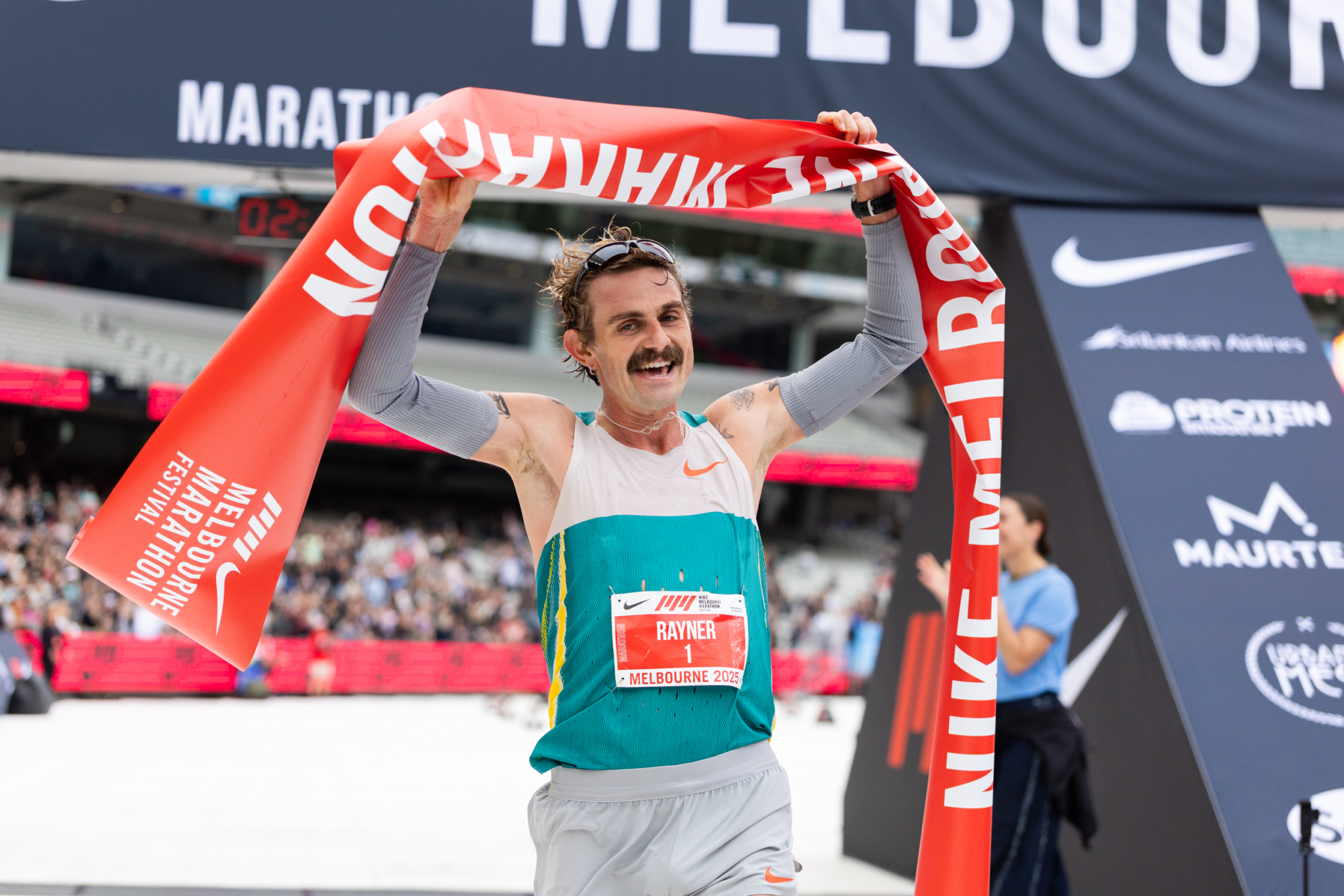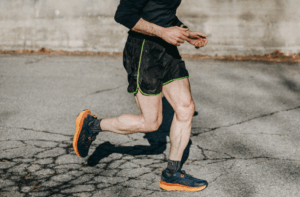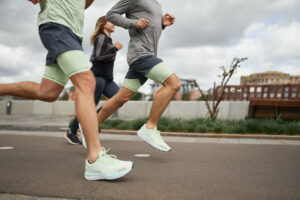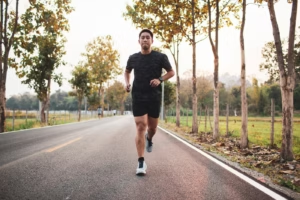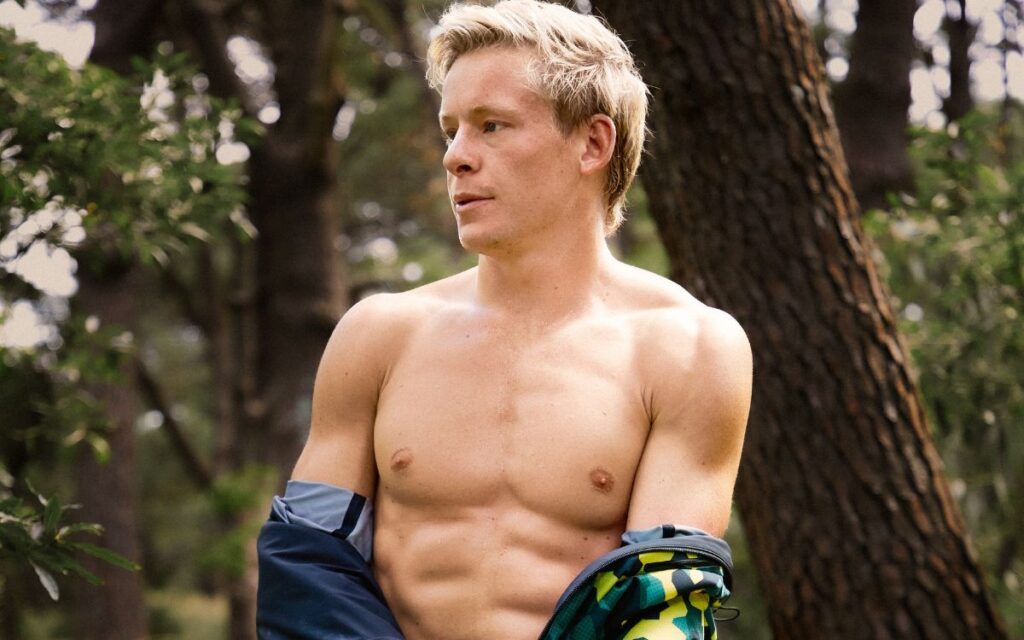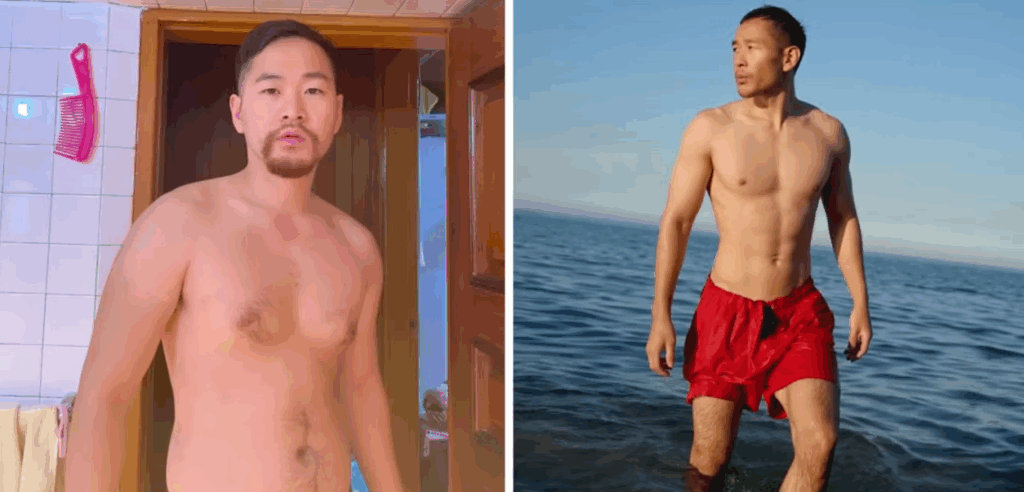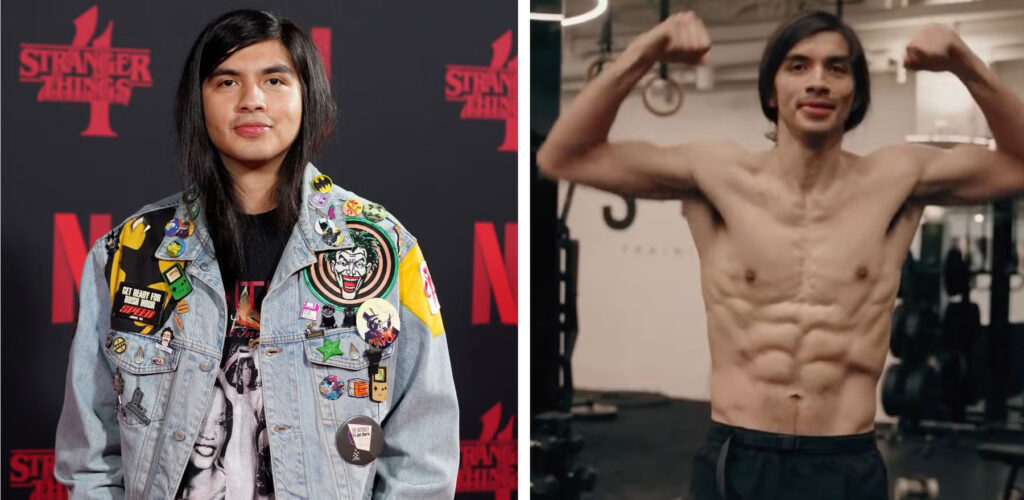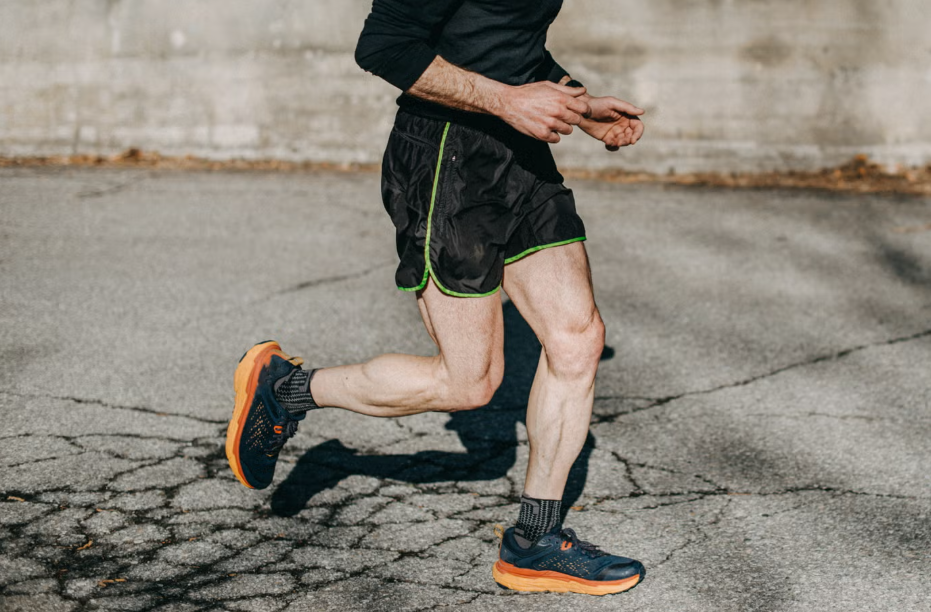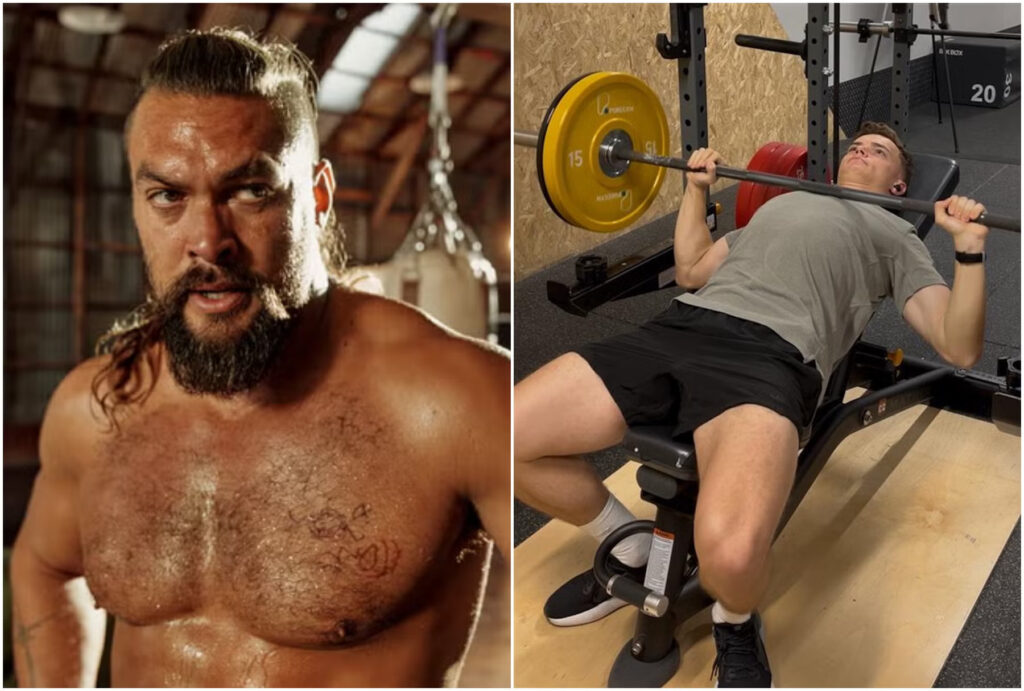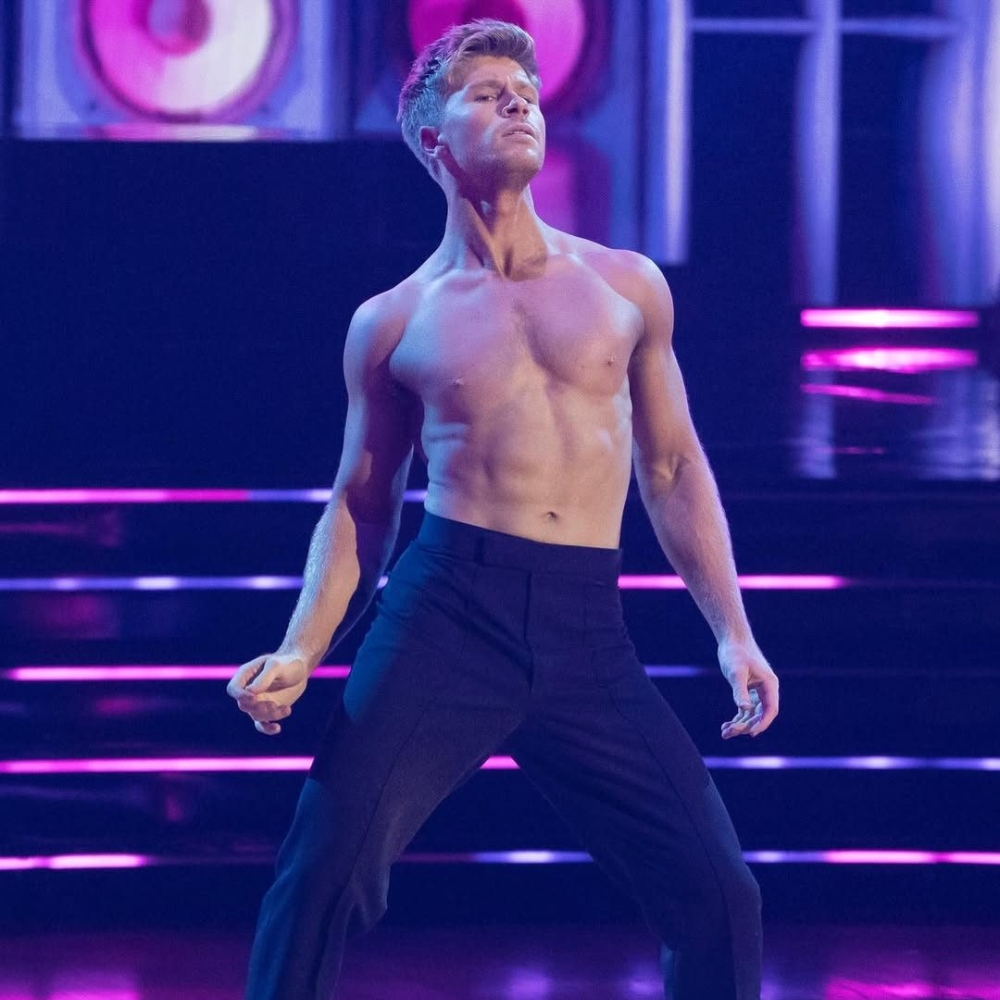THE BOOMING DRUMS of Japanese Taiko drumming group, Wadaiko Rindo, are ratcheting up the sense of anticipation among the starters in the half marathon at this year’s Nike Melbourne Marathon Festival.
I’m standing among thousands of colourfully clad runners, who are each going through their own distinct pre-race rituals. Some are bouncing on the balls of their feet, attempting to stay limber, others nervously chatting to friends. Some are motionless monuments of intent, still and formidable, seemingly locked in on the task at hand.
Me? I’m the dude gawking at everyone, a self-serious cultural anthropologist studying these specimens of humanity, wondering at their motivations, while pondering my own, as I attempt to cement my race plan in my head. Boiled down it amounts to this: take it easy, don’t go out too hard. Famous last words.
For context, if you’re a seasoned runner, you’ll likely be familiar with the mental workload that precedes major running events. You see, early in your running journey, you’re just happy to finish, each run that follows a stepping stone, as you target falling splits and post new PBs. It’s a glorious time.
As you begin taking your running more seriously you begin targeting specific goals – say, a 5-min/per kilometre pace or a 1.45-minute finishing time for a half-marathon, or sub 3-hour marathon, many working downward from there.
But here’s the thing, after hitting successive PBs, there comes a run where you don’t improve. Maybe you mess up your fuelling, or you’re hampered by injury in your preparation. Whatever the cause, you can come away from an event that’s supposed to be fun and meaningful, feeling slightly deflated. It’s the opposite of runner’s high; let’s call it runner’s lament.
I had my own experience of this phenomena at the Gold Coast Half Marathon, earlier this year, where despite a strong training block and hopes of a new PB, my calf blew up at the 12k mark and I spent the second half of the race hobbling towards the finish line.
I’m determined not to the let that happen again and so for the Nike Melbourne Marathon Festival I’m working with Nike run coach Lydia O’Donnell on a program that will build up my endurance base, allowing me to push for a PB if I choose or take it easy and enjoy the race, as I’ve promised myself I will.
As those drums grow louder, echoed within by my beating heart, the announcer begins the final 10-second countdown. I have a choice to make: go hard or go home, or go easy, avoid injury, but possibly wonder, what if?
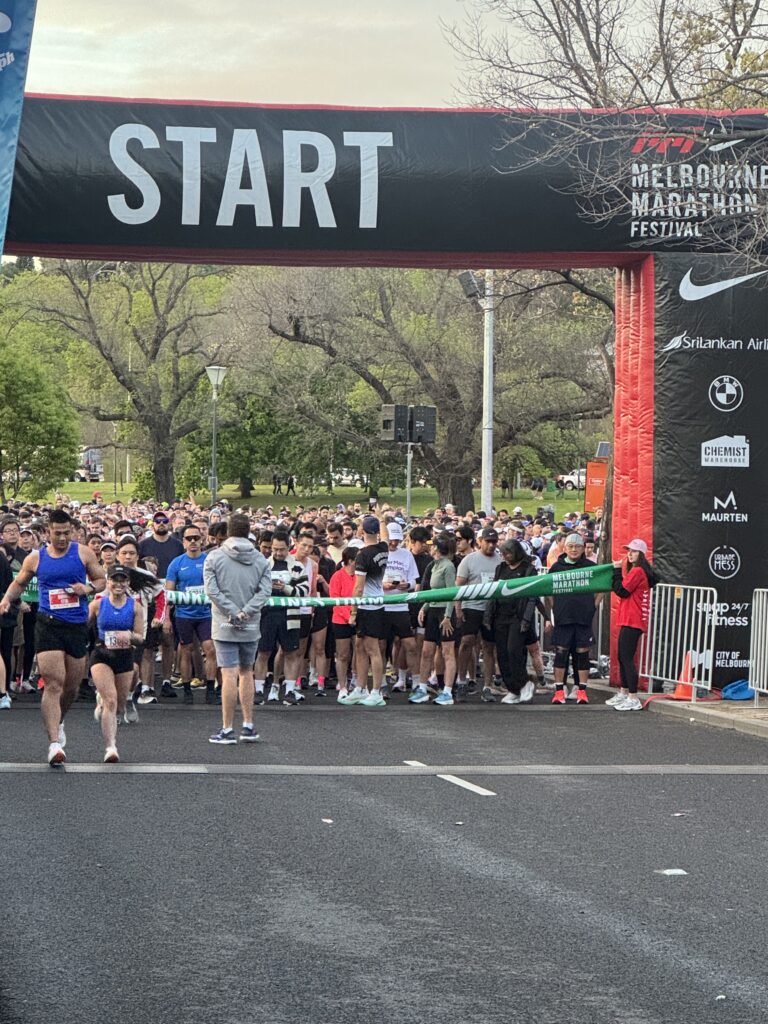
AS I ROUND the corner of Batman Avenue onto Flinders Street, I can see the iconic mustard-coloured station ahead of me. As we’re in Melbourne, I decide to run in the middle of the tram tracks – daring, I know. So far, I’ve managed to keep my pace under control, barely moving faster than I did during the shakeout run Lydia led myself and a group of other runners who are guests of Nike, the day before.
Our weekend had begun on the Friday, with some lounging about in warm magnesium pools and cold plunging at Soak Bathhouse in South Yarra. I spent most of my time gas-bagging with my fellow participants in the main pool, but did force myself to do a minute in the smaller 6-degree plunge pool, which I hope chases away metabolic waste and lingering lactate from my limbs.
If nothing else, I reason, the challenge of submerging myself in the cold pool is solid prep for the grit and determination I might have to summon in Sunday’s race – yes, this is perhaps warped runner’s logic; it’s amazing what you’ll tell yourself or grab onto in the days before a race.
To wit, in the warmer pool, Good Good Running podcast host, Matt McKenzie, tells me about the joys of carb loading the day before a big event like the marathon. “It’s your chance to guzzle full cokes,” he says enthusiastically. “You get to eat like a kid all day.”
I admit I like the sound of that and am ready to get stuck in later that evening as we head to Brunswick Kitchen for a pasta-making class. There we toss flour around like weightlifters clapping chalk before a clean-and-jerk, as we attempt to make a dough of an elusive, almost mythical springy consistency. It takes longer than you might imagine. Some of the nuggets of gnocchi we produce are bastardised, misshapen things, but with a blue-cheese sauce and a pesto prepared by our host, Tracey Lister, we tuck in. A pear with ice-cream and fairy floss finishes off a delightful meal. Fully carb loaded, we head back to our hotel at Hyde Melbourne Place, hoping to catch some restful sleep.
The following day, after our shakeout run with Lydia, I ask Olympic silver medallist and Nike ambassador, Jessica Hull, for her tips for the race. She advises us to watch out for Melbourne’s notorious winds. “It’s Melbourne, it will be windy at some point. Do not fight that wind, lean into it and save your energy,” she says. “At some point you’re going to get it behind you and then you can ride it back to the MCG.”
Next, I ask Jeff Riseley, a four-time Olympian in the 800 and 1500m, how he manages the dark points in a race, such as the notorious ‘wall’ in a marathon.
He breaks into a big grin. “That was me last year,” says Riseley. “The last 4 or 5k was hell. And I was just like, Well, my goal has been to try to avoid that [feeling] since I retired. I’ve put myself in the pain cave enough times, but I was just trying to pick landmarks, get to that point, get to that next point.”
Riseley’s words prove useful during the course of my race, which I break up into segments. Get to Finders Street station, get to the end of St Kilda Road, get around Albert Park and so on.
Right now, though, as I head down St Kilda Road, I’m still on easy street, logging 6-minute kays, as I listen to a ’90s running playlist on my new Beats Powerbeats Fit earbuds, which thanks to the universal secure-fit wingtips and variety of sizes, I don’t have to worry about springing loose and disappearing down a storm water drain – seen it happen. My body is feeling great, yesterday’s carb loading has paid off, my niggly calf is not an issue and my feet feel cushioned and supported in the Nike Vomero 18s I’m wearing.
This is no small thing. Advances in footwear have taken a lot of the load and some of the grind out of running, allowing you to run on harder surfaces like concrete and asphalt without overly taxing your body, opening up opportunities to run anywhere and anytime you want. Indeed, Riseley attributes the current running boom squarely to the advances in footwear.
“I really think the shoe tech is a massive contributor to the running boom,” says the 38-year-old, who coaches at Melbourne Girls Grammar. “In the old shoe tech, if you ran a marathon, man, you wouldn’t be able to walk for a month. I think shoe tech is helping people have a positive experience with running and making it more accessible and more enjoyable.”
I ask Riseley for his favourite shoe – kind of like asking a parent to choose between his kids or an assassin to name his favoured blade. “I went for the Alphafly for last year’s race,” he says. “I just wanted as much foam under my foot as I could, especially in that 5 or 6k when it felt like my legs were being hit with a sledgehammer.” For his everyday trainer, Riseley likes the Nike Vomero 18. “It’s that nice balance. You put force into the road and you get it back. You still have that connection with the road.”
As I hit Albert Park and spontaneously grab a carb gel, I can only agree.
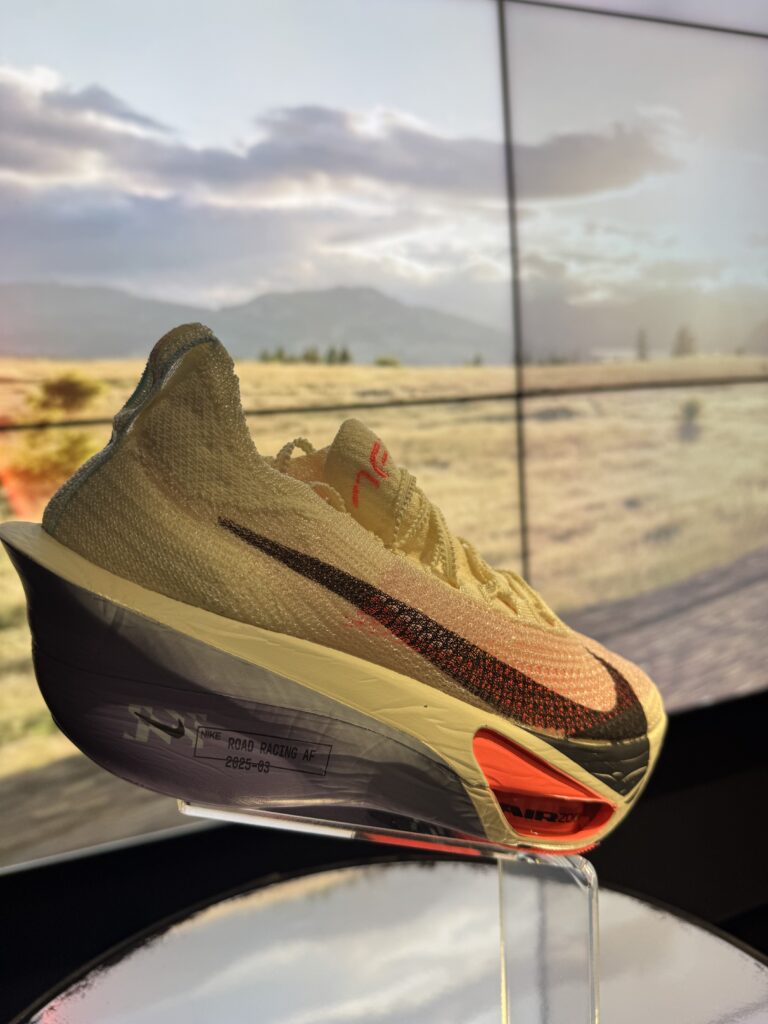
I WISH I’D never set eyes on the 1.50 pacesetter. I’m sure he’s a lovely guy but he comes very close to spoiling my day. It started like this. Somewhere on St Kila Road he appeared ahead of me. I took in the number on the flag above his head, processed what that meant and for the rest of the race he’s inside my head. I’d briefly considered not wearing a watch for this race, so determined was I to run encumbered by my competitive demons. I had a last-minute change of heart and strapped on my Apple Watch, but so far I’ve managed only to glance at it a couple of times.
The pacesetter is harder to ignore. He’s right there on the road in front of me, strip-teasing me with possibility, needling away at my competitive instincts.
I overtake him and immediately relax. Great, I think. Now I’m going to run in the 1.40s. That’s a respectable time. Now I’m playing with house money. Anything from here is gravy. Then I grab some water at a drinks’ station and he runs straight through and now he’s in front of me again.
I get back in front of him and relax again, only to start daydreaming about a post-race almond croissant at Lune and look up to find him 30 metres ahead. And so it goes, this completely one-sided game of cat-and-mouse that continues around Albert Park Lake and all the way up St Kilda Road, until he pulls away and I must accept that I can’t keep up.
I’m momentarily haunted by the ghosts of races past, thinking of all the times when I’ve run faster, when the pacer would have been a distant figure in my rearview mirror. I wonder if age might be catching up with me – I’ve heard it does that – and I also begin to panic that soon the 2-hour pacesetter might come up my rear.
On the plus side, with the 1.50 dude now gone I make an effort to take in the track and my fellow runners. It’s a grey, cold overcast morning and I distract myself by taking in the signs supporters are holding up on the sidelines: “Women love a fast finisher”, “Run Like Diddy’s behind you” are two of the more memorable.
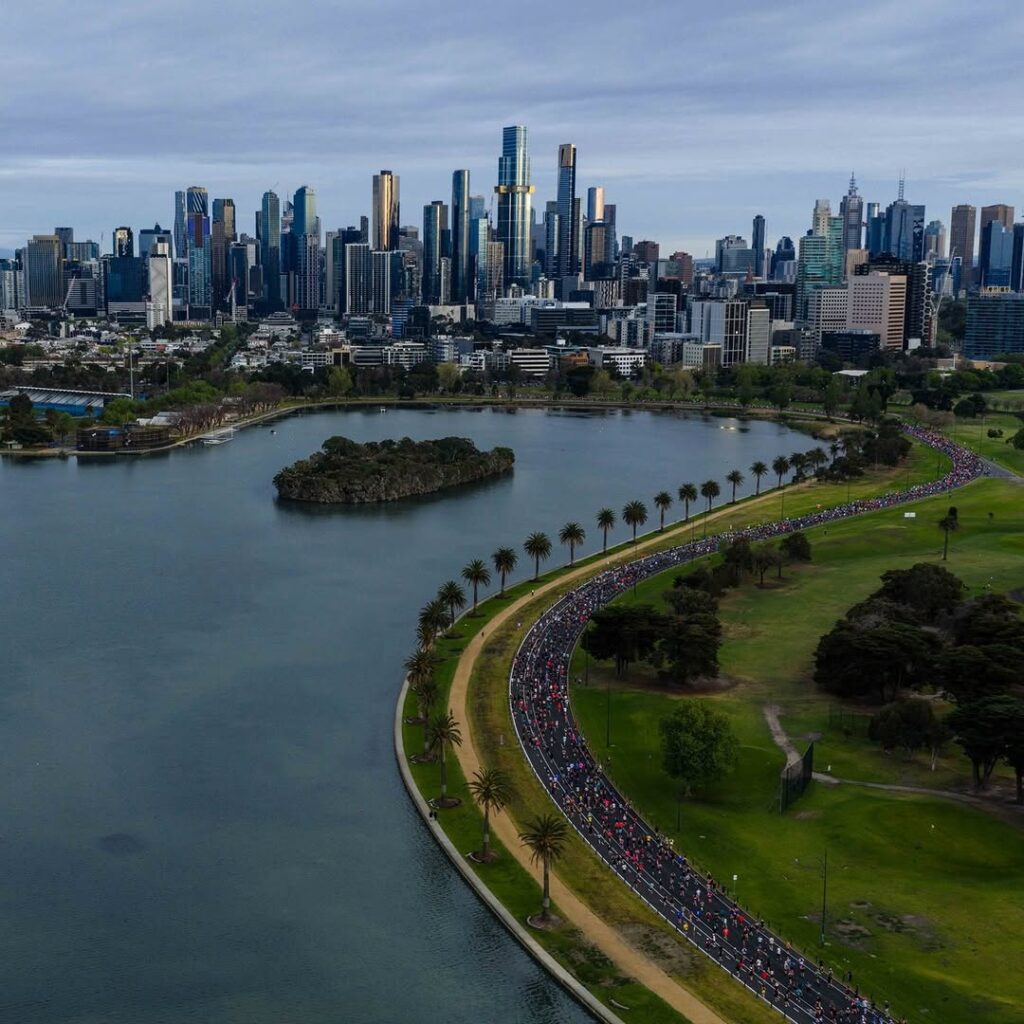
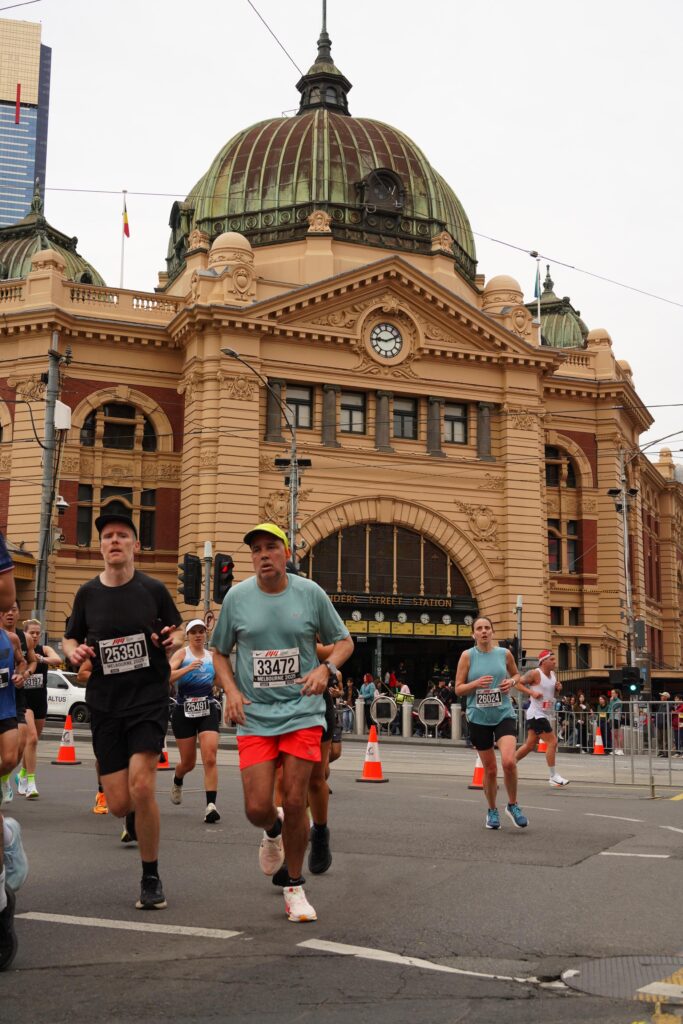
As we head into the Tan for the final 3-kilometre stretch, I finally feel able to pick up the pace a little. Everyone else seems to be running with a wet sail so perhaps I’m being carried along by the tide.
As I enter the tunnel into the MCG, music is blaring from a Nike activation and the roar from a sizeable crowd (bigger perhaps, than a North Melbourne home game, haha) inside this mighty stadium sees all our hearts soar. I try to take it all in, as an urgent DJ encourages us to give everything we’ve got to power to the line.
And that’s when it happens. In that final 300 metres, on the white plastic track inside Australia’s cathedral of sport, I feel at peace, petty concerns over times, splits and pesky pacesetters finally banished. I’m in the moment, the elusive state all runners chase, but one you can only really inhabit when you stop consciously pursuing it; let’s call it runner’s paradox, though perhaps it’s one that applies across the broad canvas of our lives. Am I waffling? Waxing pseudo philosophical claptrap? You’ll have to forgive me, for there’s no happier human being than a runner with a finish line in sight.
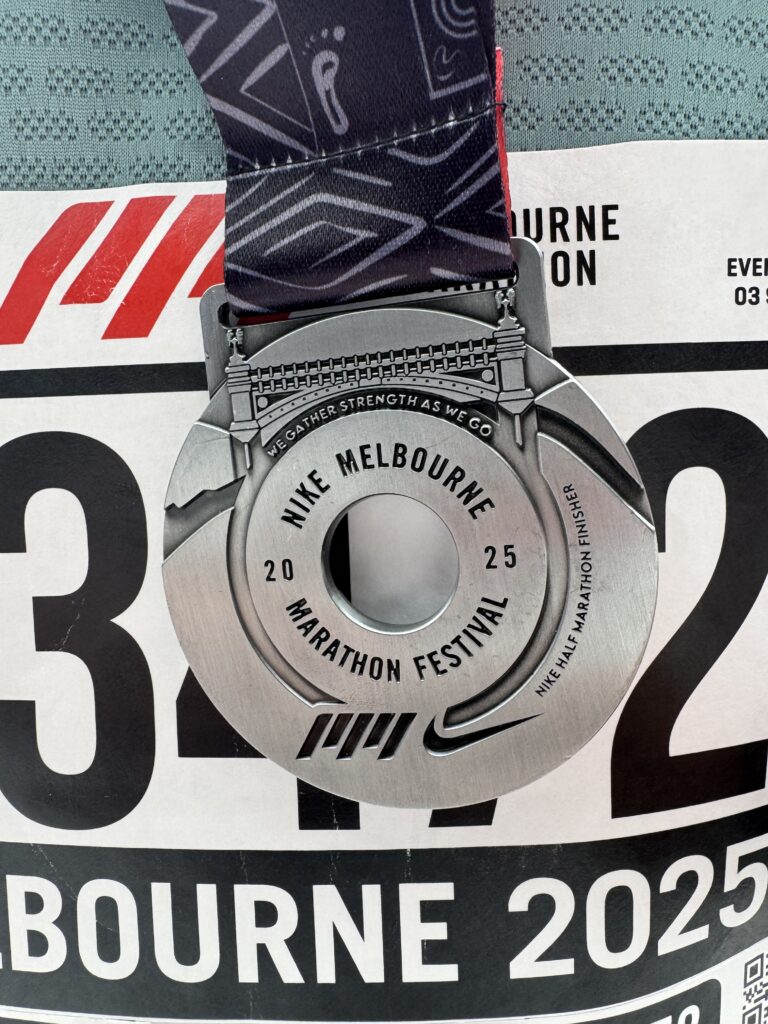
The writer was a guest of Nike




